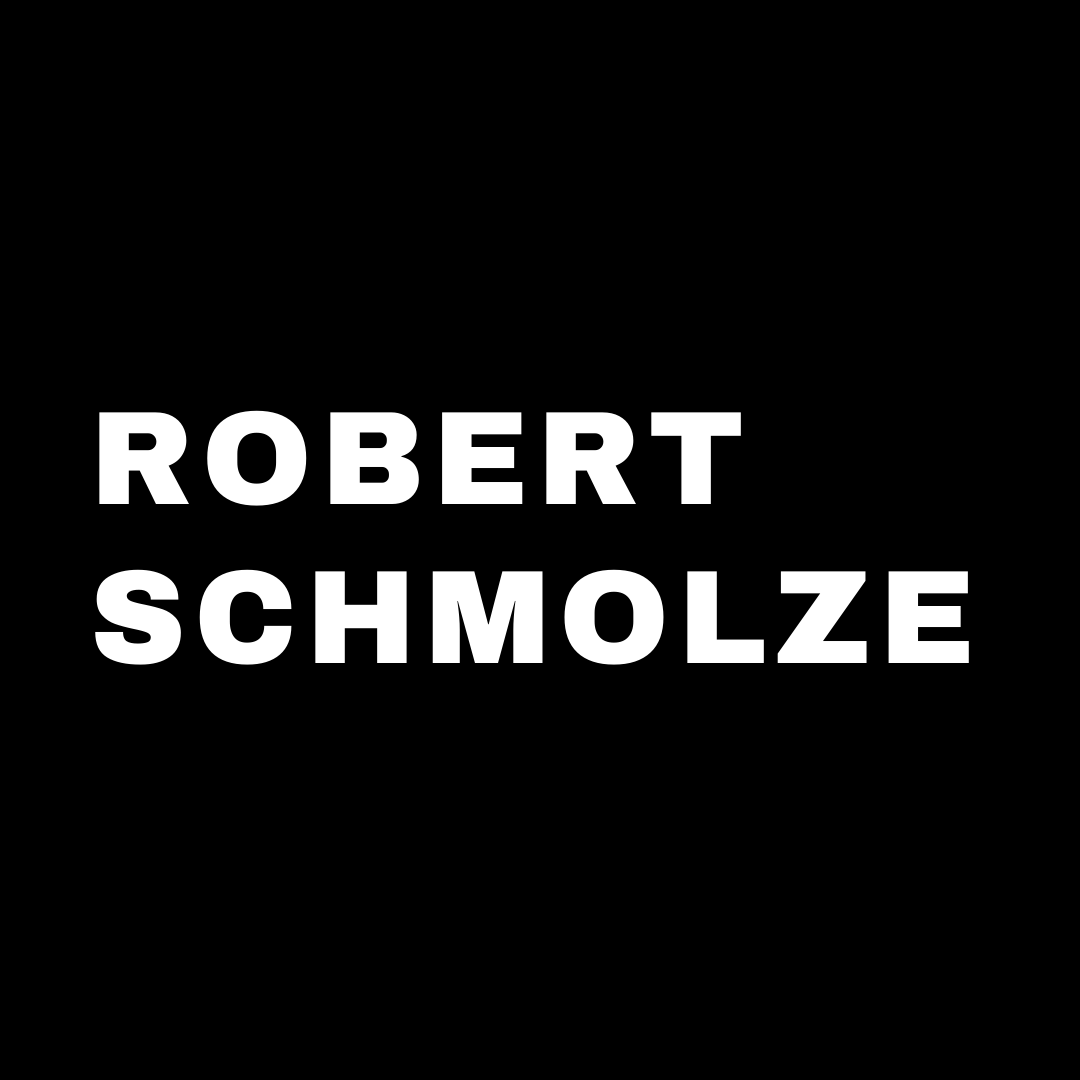STRATEGIES AND ADVICE FOR HOW TO SECURE MEDIA AND PRESS COVERAGE.
OVERVIEW
Visibility is one of the most important elements of any successful campaign. Even with the best cause, coalition, and leadership, without a strong visibility plan, it will be difficult for a campaign to gain traction and influence enough people to be effective.
TYPES OF VISIBILITY
A good visibility strategy incorporates passive and active elements. There is a certain saturation level that must be reached for a message to penetrate its audience. If someone sees your message at least 3 times in different ways, it is likely that it will stick.
Passive – this is the kind of visibility that people see, but don’t interact with:
-
- flyers/signs
- banners
- emails
- websites
Active – this kind of visibility involves some kind of exchange:
-
- group announcements
- phone calls
- blogging
- on-line actions (surveys, petitions, etc)
- media (press conferences, writing letters-to-the-editor)
- events
MEDIA OVERVIEW
Media is a great source of visibility for several reasons:
- Advances your campaign goals
- Influences public perception more than anything else
- Influences decision makers – they use it to measure where the public stands
- Adds to your credibility
- Internal morale – getting media coverage is cool!
It’s all about relationships – just like with advocacy, it’s not just about getting the story. You want to build relationships with key members of the press so that you can get more coverage in the future.
OPPORTUNITIES FOR MEDIA
- Campaign launch
- Before or after a vote
- Passage of a bill or policy
- Pressure a decision maker on a particular issue
- New information/reports
- Protest
- Anniversaries/Holidays
- Using breaking bad news to highlight your point of view
KNOW YOUR MARKET
You need to know how you can reach the most people in your community by knowing which outlets reach them.
- TV stations – know who they are and what they program
- Radio – what’s their format?
- Daily papers – We have LA Times, do we also have local publications?
- Wires
KNOW EACH OUTLET
- The best way to know an outlet is to read/watch it
- What’s the outlets size/format?
- Who are key reporters and what issues do they cover? What are their themes? Who covers education issues? Arts issues?
- Who’s on the editorial board?
- Who are the assignment people?
- When are the deadlines?
- How do they receive info? They’ll be more likely to cover our thing if we get them the info in their preferred format.
- Find reasons to call them – compliment them on a story, thank them for coverage, feedback if we don’t get covered (this is actually common for them)
Know who else is covering your issue and what they are saying
HOW TO GET COVERED
Different types of media look for different things when deciding what to cover. Knowing the outlets, as we covered above, is key. Here are other tips and/or opportunities for each media type:
- TV
- Has to be visual. Press conferences, events, etc. Whenever possible, include big props, signs, and/or VIPs
- Human interest angles – Arts Ed can be great for this
- Newspapers
- News section coverage – get it through sending out press advisories for conferences or events, or through having a relationship with a reporter and being their go-to person for certain issues
- Human interest angles
- Political columns
- Letters to the Editor
- Op-Eds – get a public official/VIP or coalition partner to coauthor
- Editorial
- Radio
- Radio show guest
- PSA
- Call in to a talk show
TOOLS FOR GETTING MEDIA
Press Advisory – this is like a party invitation that gets sent in advance of your press event – who, what, where, when, description of visuals, etc.
-
- Be careful not to include too much information that the reporters skip the event
- If you don’t have a direct contact at the outlet, send to “assignment editor” or “news editor”
- Even if you think the outlet won’t come to your event, send it anyway. They may want to schedule a one-on-one interview with you. At the very least, it’ll help you build name/issue recognition.
Press Release – The press release reads like a news story, including quotes. This gets sent when you want the story to get covered. Can be for any of the reasons we brainstormed above.
-
- Send it out right after your event to all outlets that don’t attend
- If you don’t want the material released till a certain date but want the reporter to have some lead time, you can “embargo” it until a specific date.
- A proper release should include –
- Be on organizational letterhead.
- Be double spaced and one-sided.
- Be no longer than 2-3 pages.
- Have a brief headline describing the story.
- Highlight the release date and provide contact names and numbers.
- Indicate page continuation by placing the word “more” in parenthesis at the bottom of the page.
- Indicate the end of the page by placing a “-30-” or “###”, which are universal “end” symbols used by news outlets.
- Include a short blurb at the end about your chapter or organization
Opinion Editorial – newspapers have a special section for these. Often they are written my VIPs, but they can be a great opportunity for us to partner with VIPs to get our message out in a unique and highly visible way.
Letters-to-the-Editor – this is the best way for us to get coverage. Elected officials often read the LTE sections of papers to gauge public opinion. They are short and easy to write, and a great way to send a powerful message.
INTERNET VISIBILITY
A professional presence on the Internet is critical for any legitimate endeavor. There is so much on the Internet, and so many pleas for involvement from so many groups, that it is critical for us to be creative in building an Internet presence
Ways to be visible on the internet:
- Listservs
- Our own email list
- Arts for LA site, Arts for All site, sites of people in the group
- School District site
- Blogs related to Arts, Arts Ed, LA Arts, Parents, Community Culture, etc
- On-line news
- Social networking sites
INTERNET STRATEGY
With so many options for being visible on the net, it’s important that we be strategic in our approach.
- Pick targeted audiences – where do our people go on-line?
- Only send emails to our listserv when they serve a specific function. Brainstorm clever subject lines to make them stand out among the inundation in the reader’s inbox
- Do big Internet visibility in “splashes”
- Use consistent messaging and graphics



